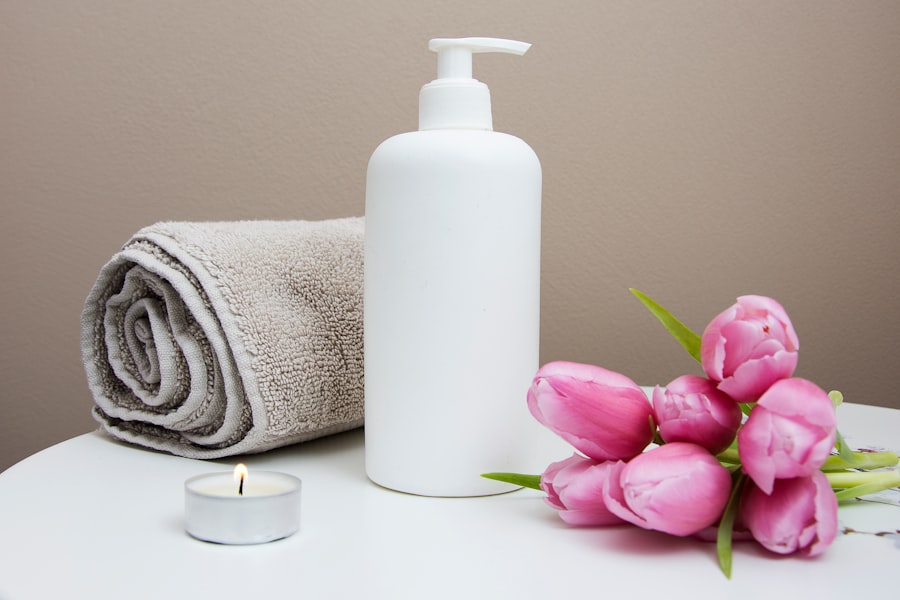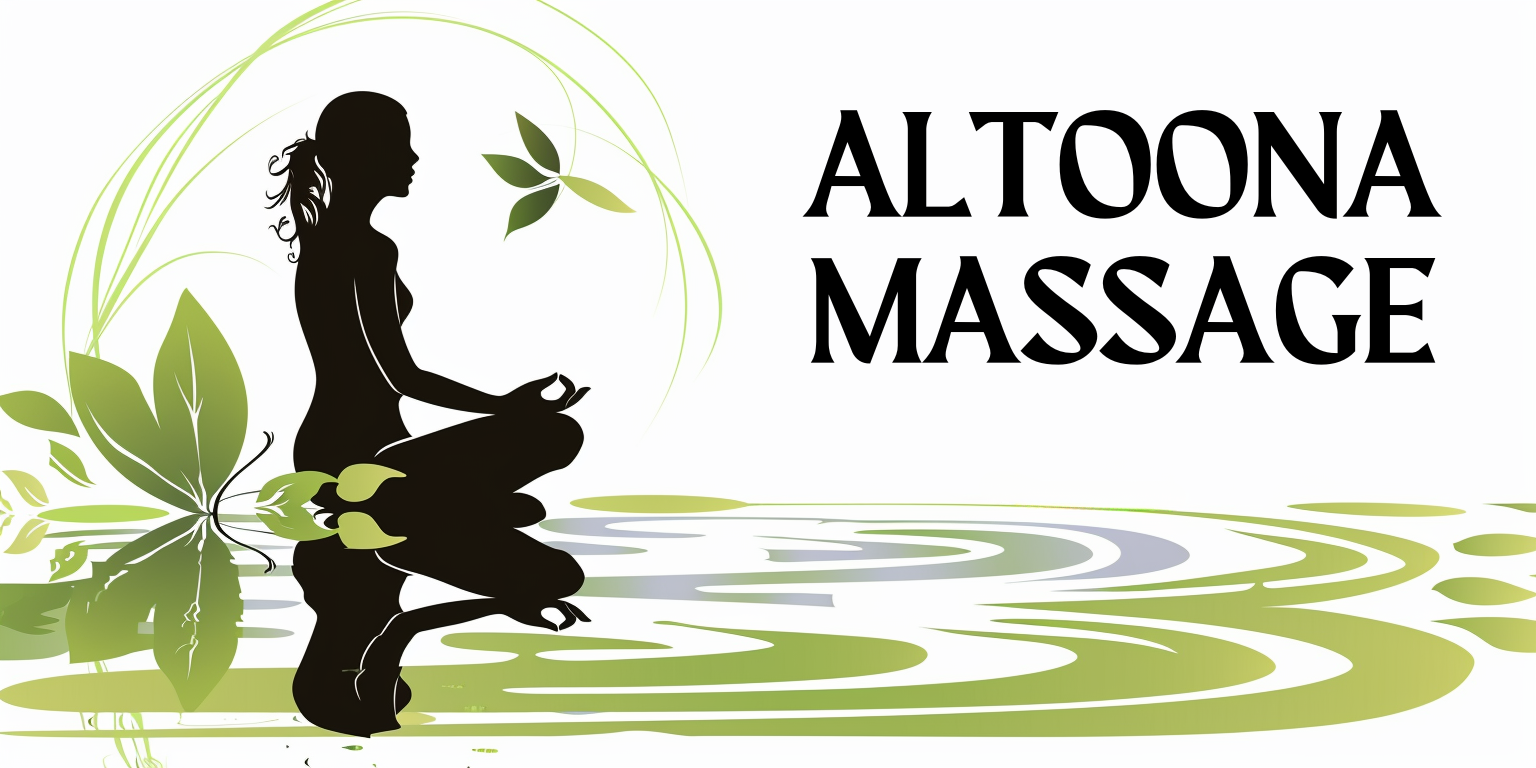Migraines and headaches are common afflictions that can significantly impact your quality of life. While they may seem similar, they are distinct in their causes, symptoms, and treatment options. A headache is often characterized by a dull, persistent pain that can occur anywhere in the head.
It may be triggered by stress, dehydration, or tension. On the other hand, migraines are typically more severe and can be accompanied by additional symptoms such as nausea, vomiting, and sensitivity to light and sound. Understanding these differences is crucial for effective management and treatment.
When you experience a headache or migraine, it’s essential to pay attention to the specific symptoms you encounter. Migraines often come with an aura, which can include visual disturbances or sensory changes before the headache begins. This phase can last anywhere from a few minutes to an hour.
Recognizing these signs can help you take proactive measures to alleviate the pain before it escalates. By understanding the nature of your headaches or migraines, you can better communicate with healthcare providers and explore appropriate treatment options tailored to your needs.
Key Takeaways
- Migraines and headaches are often caused by stress, tension, and muscle tightness in the head, neck, and shoulders.
- Massage therapy can help reduce the frequency and intensity of migraines and headaches by promoting relaxation, improving blood circulation, and reducing muscle tension.
- Different types of massage techniques such as Swedish massage, deep tissue massage, and trigger point therapy can be effective in relieving migraines and headaches.
- When looking for a qualified massage therapist for migraines and headaches, it is important to consider their experience, training, and specialization in treating these conditions.
- Precautions for getting a massage for migraines and headaches include communicating with the therapist about your condition, avoiding deep pressure on the head, and being aware of any potential triggers for your migraines.
Benefits of Massage Therapy for Migraines and Headaches
Massage therapy has gained recognition as a complementary treatment for managing migraines and headaches. One of the primary benefits of massage is its ability to reduce muscle tension, which is often a contributing factor to headaches. When you receive a massage, the therapist works on specific areas of tension in your neck, shoulders, and scalp, helping to release tightness and promote relaxation.
This physical relief can lead to a decrease in headache frequency and intensity. In addition to physical benefits, massage therapy also offers psychological advantages. The soothing nature of massage can help reduce stress and anxiety, both of which are known triggers for migraines and headaches.
When you take time for self-care through massage, you create a space for relaxation that can have lasting effects on your overall well-being. This holistic approach not only addresses the symptoms but also targets the underlying factors that contribute to your discomfort.
Different Types of Massage Techniques for Migraines and Headaches

There are various massage techniques that can be particularly effective for alleviating migraines and headaches. One popular method is Swedish massage, which utilizes long strokes, kneading, and circular movements to promote relaxation and improve circulation. This technique can help ease muscle tension in the neck and shoulders, providing relief from headache pain.
Another effective technique is trigger point therapy, which focuses on specific areas of tightness or “knots” in the muscles. By applying pressure to these points, the therapist can help release tension and alleviate pain. This method is especially beneficial for those who experience tension headaches caused by muscle strain.
Additionally, craniosacral therapy is a gentle approach that targets the head and neck area, promoting relaxation and balance within the central nervous system. Each of these techniques offers unique benefits, allowing you to choose one that aligns with your preferences and needs.
How to Find a Qualified Massage Therapist for Migraines and Headaches
Finding a qualified massage therapist who specializes in treating migraines and headaches is essential for achieving optimal results. Start by seeking recommendations from friends, family, or healthcare providers who may have experience with massage therapy. Online reviews and professional directories can also provide valuable insights into therapists in your area.
When you narrow down your options, consider scheduling consultations with potential therapists. During these meetings, ask about their experience with headache management and the specific techniques they employ. A good therapist will take the time to understand your unique situation and tailor their approach accordingly.
Additionally, ensure that the therapist is licensed and certified in their field, as this indicates a level of professionalism and expertise that is crucial for effective treatment.
Precautions and Considerations for Getting a Massage for Migraines and Headaches
While massage therapy can be beneficial for many individuals suffering from migraines and headaches, there are precautions to consider before scheduling a session. If you are experiencing a severe migraine or headache at the time of your appointment, it may be best to postpone the massage until you feel better. Receiving massage during an active episode could exacerbate your discomfort.
Moreover, it’s important to communicate openly with your therapist about your medical history and any medications you are taking. Certain conditions or medications may affect how your body responds to massage therapy. For instance, if you have a history of blood clotting disorders or are on blood thinners, specific techniques may need to be avoided.
By discussing these factors upfront, you can ensure a safe and effective massage experience tailored to your needs.
Self-Massage Techniques for Migraine and Headache Relief

Applying Gentle Pressure
One simple self-massage technique involves using your fingers to apply gentle pressure to specific points on your head and neck. For example, you can use your thumbs to press into the base of your skull or along your temples to relieve tension.
Essential Oils and Gentle Pressure
Another effective self-massage technique is the use of essential oils combined with gentle pressure. Oils such as peppermint or lavender can provide soothing effects when applied to your temples or forehead.
Releasing Tension with a Tennis Ball
You can also try rolling a tennis ball under your feet or against a wall to release tension in your body that may contribute to headache pain. This simple technique can be done anywhere, at any time, and can provide quick relief from tension and discomfort.
Incorporating Massage into a Holistic Approach for Managing Migraines and Headaches
To effectively manage migraines and headaches, it’s essential to adopt a holistic approach that encompasses various aspects of health and wellness. While massage therapy plays a significant role in alleviating symptoms, combining it with other practices can enhance its effectiveness. Consider incorporating regular exercise into your routine, as physical activity has been shown to reduce stress levels and improve overall well-being.
Additionally, mindfulness practices such as yoga or meditation can help you develop coping strategies for managing stress triggers associated with migraines and headaches. By creating a balanced lifestyle that includes proper nutrition, hydration, sleep hygiene, and stress management techniques alongside massage therapy, you can create a comprehensive plan for managing your condition more effectively.
Research and Studies on the Effectiveness of Massage for Migraines and Headaches
Numerous studies have explored the effectiveness of massage therapy in treating migraines and headaches, providing valuable insights into its benefits. Research has shown that regular massage sessions can lead to significant reductions in headache frequency and intensity among individuals suffering from chronic tension-type headaches. In one study, participants who received massage therapy reported improved quality of life and decreased reliance on medication for pain relief.
Furthermore, studies have indicated that specific techniques such as trigger point therapy may be particularly effective in targeting muscle tension associated with headaches. The evidence suggests that incorporating massage into a comprehensive treatment plan can lead to long-term improvements in headache management. As research continues to evolve in this area, it becomes increasingly clear that massage therapy is a valuable tool for those seeking relief from migraines and headaches.
In conclusion, understanding migraines and headaches is crucial for effective management, and massage therapy offers numerous benefits in this regard. By exploring different techniques, finding qualified therapists, practicing self-massage, and adopting a holistic approach, you can take proactive steps toward alleviating your discomfort. With ongoing research supporting its effectiveness, massage therapy stands out as a promising option for those seeking relief from these debilitating conditions.
FAQs
What is a migraine?
A migraine is a type of headache that is often accompanied by symptoms such as nausea, vomiting, and sensitivity to light and sound. It can be debilitating and last for hours or even days.
How can massage help with migraines and headaches?
Massage therapy can help reduce the frequency and intensity of migraines and headaches by promoting relaxation, reducing muscle tension, and improving blood flow. It can also help alleviate stress and anxiety, which are common triggers for migraines.
What are the different types of massage techniques used for migraines and headaches?
Some of the massage techniques that can be beneficial for migraines and headaches include Swedish massage, deep tissue massage, trigger point therapy, and myofascial release. Each technique targets different areas of tension and can provide relief for headache sufferers.
Are there any risks or contraindications to getting a massage for migraines and headaches?
In general, massage is considered safe for most people with migraines and headaches. However, individuals with certain medical conditions such as blood clotting disorders, osteoporosis, or recent injuries may need to consult with a healthcare provider before receiving a massage.
How often should someone get a massage for migraines and headaches?
The frequency of massage therapy for migraines and headaches can vary depending on the individual’s needs and the severity of their symptoms. Some people may benefit from weekly sessions, while others may find relief with monthly or bi-monthly massages.
Can massage therapy be used as a standalone treatment for migraines and headaches?
While massage therapy can be effective in managing migraines and headaches, it is often used in conjunction with other treatments such as medication, lifestyle modifications, and stress management techniques. It is important for individuals to work with their healthcare provider to develop a comprehensive treatment plan for their migraines and headaches.
